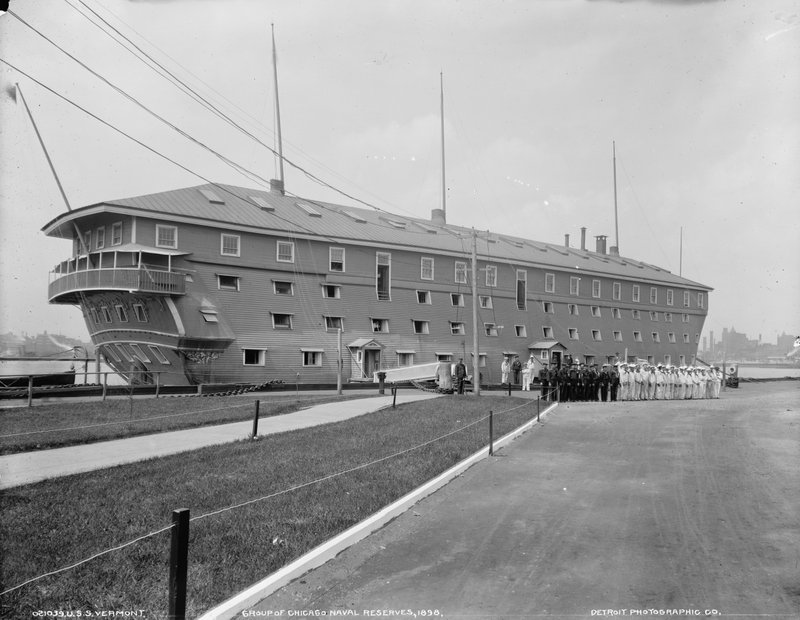
On January 30, 1884, Lieutenant Aaron Ward of the U.S. Navy donated a piece of oak from the USS Vermont ship to Henry Sheldon(1). During the time of the donation, the ship was docked at the New York Navy Yard. The USS Vermont was authorized on April 29, 1816, and finished in 1825 at the Boston Navy Yard. The ship, commissioned by the United States Congress, was one of nine 74-gun warships. The USS Vermont was classified under the Delaware-class, being the number six-ship in the class.(2) Additionally, since the first commissioned ship of the Delaware-class became the USS North Carolina, the group also came to be known as the North Carolina-class.(3) Despite being finished in 1825, the ship stayed at the Boston Navy Yard until September 15, 1848, when it left the docks to make way for new boats (and due to the ship’s fire safety hazards).(4)
The USS Vermont was commissioned in accordance with the U.S. Navy’s effort to work overseas in an effort to secure American shipping. The USS Vermont was designed by famous naval engineer William Doughty, who was responsible for the Delaware class warships.(5) During the construction of the ship, progress was extremely slow due to funding issues. The ship lay unfinished for approximately thirty years due to the scarcity of Navy funds but was launched on September 15th, 1848 in an incomplete state. While the specificity of its incomplete status is unknown, photographs demonstrate that the ship turned out to appear very different than the typical sleek naval warship.
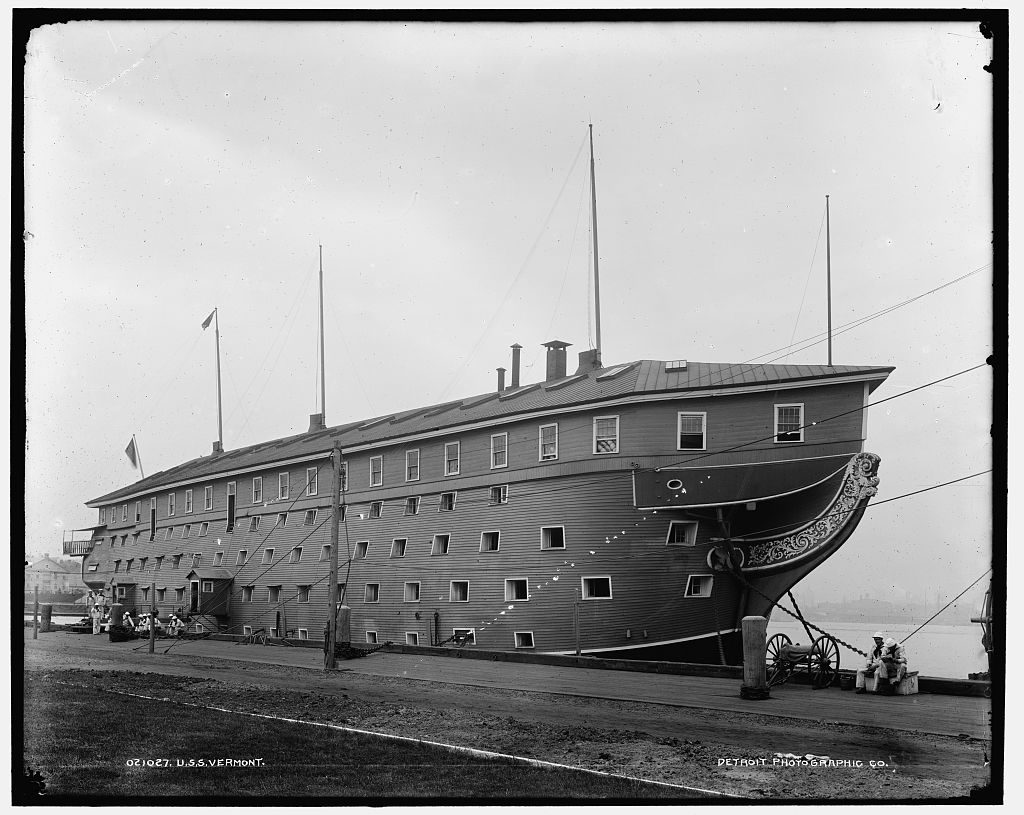
While the ship was completed in 1825, the ship was not utilized until the 1861 Civil War, by which point it was already extremely outdated.(6) Nonetheless, the spacious hull of the vessel was used for transportation and storage, and it was docked in South Carolina. On December 9, 1861, the Trenton State Gazette reported the order for the outdated USS Vermont to aid in the coastal war, in an effort of a new phase of the naval war mustering all warships.(7) On December 13, 1861, The Burlington Free Press reported the USS Vermont had been sent to Charlestown Yard to rig the ship as a transport ship. Noting how the ship was previously dormant in the ship stocks for almost 30 years, the Navy planned to rig the ship with only twenty-four guns (originally, the Vermont was intended to have 84 guns)(8).
During February of 1862, the USS Vermont encountered a severe storm. The ship was heavily damaged and was reassigned to New York waters. In 1864, the USS Vermont was stationed at the Brooklyn Navy Yard and utilized for public service, continuing to serve for storage and receiving ships, mostly being used for war supplies and medical service during peacetime. On July 1st, 1884, after being relatively inactive, the ship was reauthorized for active duty and re-commissioned in the Brooklyn Navy Yard again. The U.S. Navy condemned the USS Vermont in 1901, and it was sold in 1902.(9) The USS Vermont and crews received two major awards from the United States government for services rendered – the Civil War Campaign Medal and the Spanish Campaign Medal.(10)
While the USS Vermont didn’t have the illustrious history or participate in any infamous battles like some of the other naval ships included in the chair, one can assume it was included in the Sheldon chair due to the ship being named after the state which the chair was constructed in.
– Ryan Rudolph ’18
Works Cited:
1 Acquisition Ledger-Henry Sheldon Museum of Vermont History.

2,4,6,7 Staff Writer. “USS Vermont (1848).” Military Weapons, 15 Apr. 2016, www.militaryfactory.com/ships/detail.asp?ship_id=uss-vermont-1848
3,5,8,9,10 Michelle Young, “Vintage Photos: The Transformation of the USS Vermont at the Brooklyn Navy Yard.” Untapped Cities, 1 June 2016, untappedcities.com/2016/06/01/vintage-photos-the-transformation-of-the-uss-vermont-at-the-brooklyn-navy-yard/.
See also https://vermontcivilwar.org/units/navy/v-ussvt.php.
For more images of the USS Vermont (exterior and interior), see the collection at the Library of Congress.
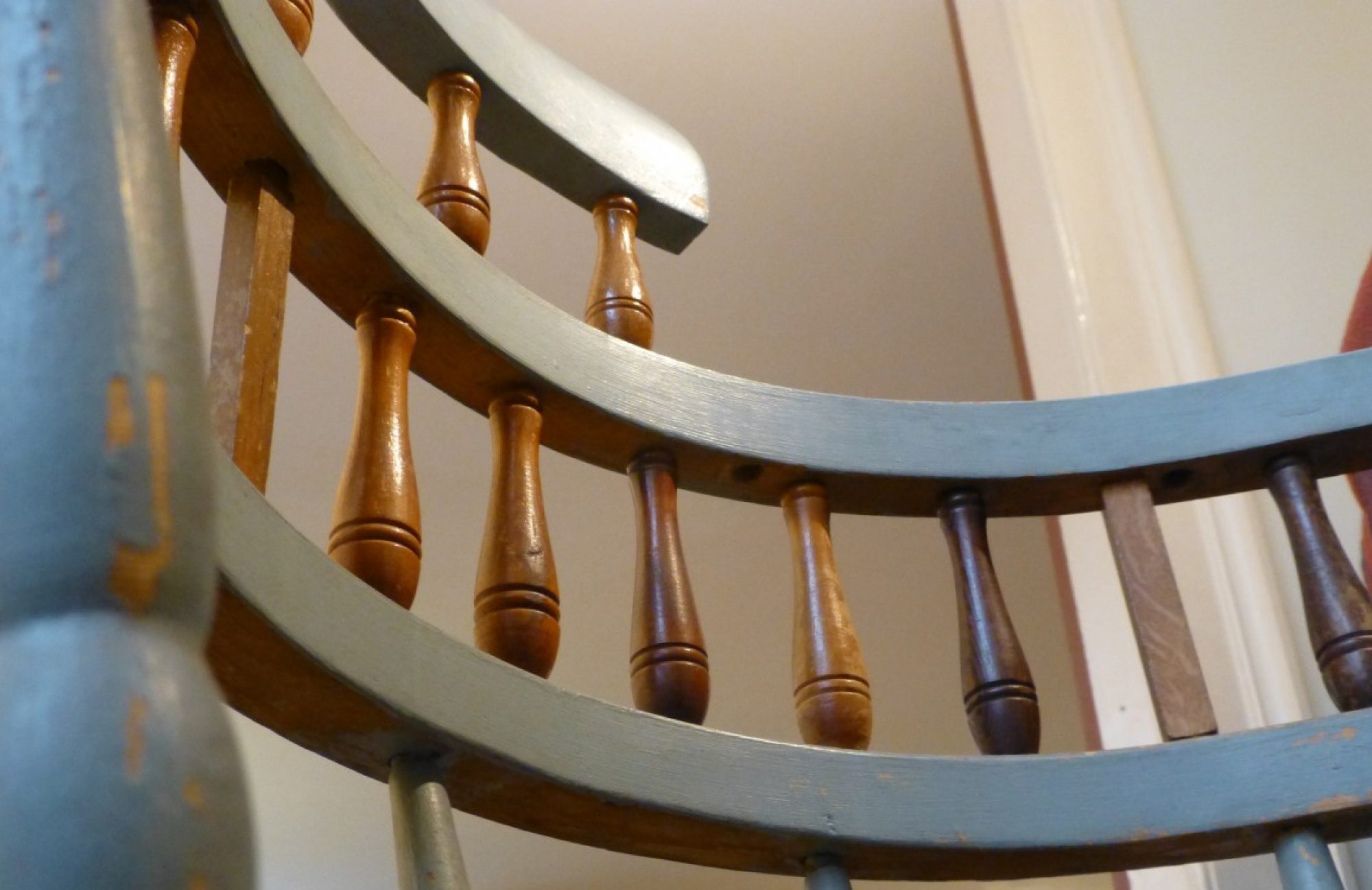
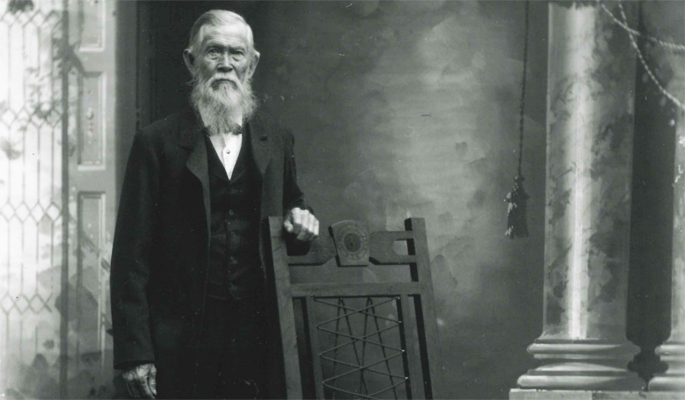
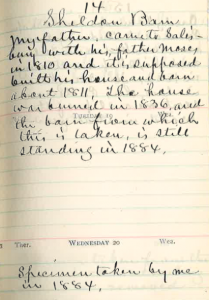
You must be logged in to post a comment.